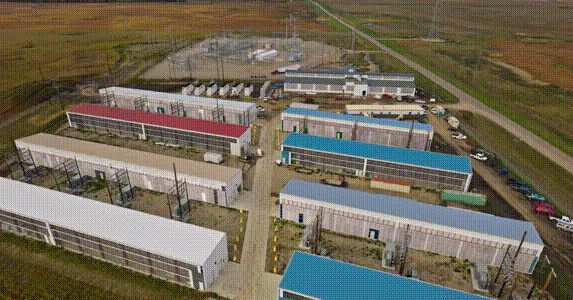Study Highlights Optimal US Sites for AI Data Centers Amid Environmental Concerns

Key Points
- Nature Communications study models carbon and water impacts of U.S. AI data‑center expansion.
- Texas, Montana, Nebraska and South Dakota identified as optimal locations due to cleaner grids and lower water scarcity.
- Virginia and California face heightened pressure on energy and water resources despite being current hubs.
- Rapid build‑out may add up to 44 million tons of CO₂‑equivalent emissions annually, challenging net‑zero pledges.
- Tech giants have pledged hundreds of billions to U.S. infrastructure, spurring state incentives and policy debates.
- Experts stress early integration of renewable energy, advanced cooling, and transparency to mitigate impacts.
A new analysis published in Nature Communications examines the environmental footprint of the rapid AI‑driven data‑center expansion in the United States. While tech giants pour billions into new facilities, the study finds that location dramatically influences carbon and water impacts. States such as Texas, Montana, Nebraska and South Dakota emerge as optimal sites because they balance lower water scarcity with cleaner electricity grids. In contrast, traditional hubs like Virginia and California face growing pressure on energy and water resources, raising doubts about the feasibility of industry net‑zero pledges.
Background and Scope of the Study
A team of researchers led by Cornell professor Fengqi You has spent three years analyzing the projected environmental consequences of the United States' burgeoning AI data‑center build‑out. Published in the journal Nature Communications, the study combines demand forecasts for AI chips with state‑level data on electricity sources and water scarcity to model carbon‑dioxide‑equivalent emissions and water usage through the end of the decade.
Key Findings on Geographic Suitability
The analysis identifies a set of states that strike a balance between abundant, low‑carbon electricity and sufficient water resources for cooling. Texas, Montana, Nebraska and South Dakota are highlighted as "optimal candidates for AI server installations." These regions either already host a growing data‑center industry powered by renewable energy or possess untapped wind potential that could supply clean power without exacerbating water stress.
Conversely, the study notes that traditional data‑center corridors—Virginia and California—are experiencing mounting pressure. Virginia, the nation’s largest data‑center hub, benefits from a relatively water‑secure environment but could jeopardize state goals for 100 percent clean energy by 2045 due to the massive power demands of new facilities. California’s chronic water scarcity raises similar concerns, prompting state officials to resist new disclosure requirements for water usage.
Implications for Industry Net‑Zero Commitments
Researchers warn that the rapid pace of construction may outstrip the ability of tech companies to meet previously announced net‑zero pledges. The study suggests that without strategic siting and accelerated adoption of renewable‑energy‑rich grids, the United States could see an additional 44 million tons of carbon‑dioxide‑equivalent emissions each year—a figure comparable to the total emissions of several small European nations.
Experts outside the study, such as MIT’s Computing and Climate Impact Fellow Noman Bashir, echo the concern that current net‑zero targets are unlikely to be achieved given the speed of AI‑driven expansion. They point to emerging technologies—on‑site renewable generation, advanced cooling systems, and even nuclear options—as potential mitigators, but stress that these solutions must be integrated early.
Economic and Policy Context
Tech giants have announced massive investments: Meta pledged $600 billion in U.S. infrastructure by 2028, while OpenAI has committed $1.4 trillion to similar efforts. State incentives, such as tax breaks in Virginia, continue to attract developers despite environmental warnings. Meanwhile, the Trump administration has emphasized fossil‑fuel support for AI growth, potentially slowing the transition to cleaner energy sources.
In states like Nebraska, abundant wind resources exist, yet recent utility investments have favored natural gas, underscoring the gap between potential and actual clean‑energy deployment.
Future Outlook and Recommendations
The authors caution that predictions remain uncertain due to variables like model efficiency improvements, cooling technology advances, and shifts in grid composition. However, they emphasize that early consideration of site selection and sustainability measures can dramatically reduce both carbon and water footprints.
Ultimately, the study calls for greater transparency—comparable to nutrition labels on food—to help stakeholders assess the true environmental cost of AI infrastructure development and to guide policy that aligns economic growth with climate and water stewardship.